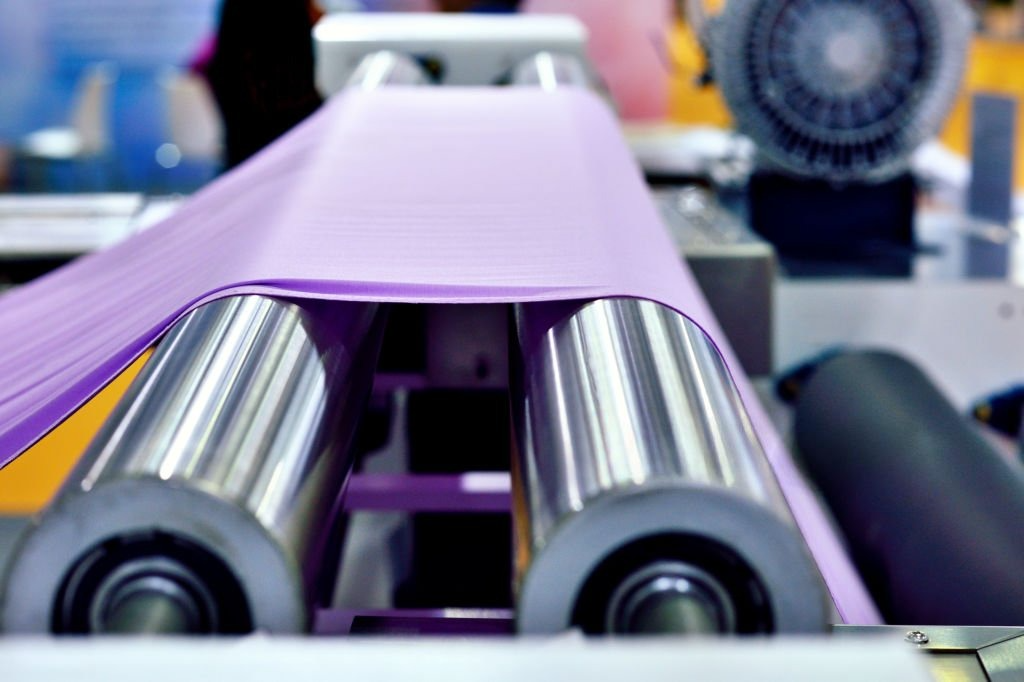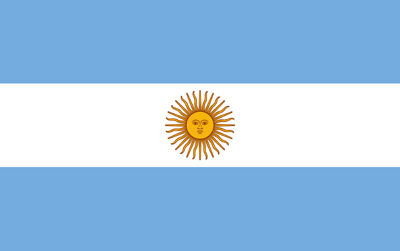The textile world is changing faster than ever in 2025, and for many people in the industry, that’s both exciting and stressful. If you’re working in fashion, fabric sourcing, or textile production, you might already feel the pressure. Maybe you’re struggling with rising fabric costs. Maybe you’re having trouble finding eco-friendly options that don’t break your budget. Or perhaps delays in your supply chain have caused you to miss important deadlines.
At the same time, customers are becoming more demanding. They want sustainable fabrics. They ask where their clothes are made. They expect high-tech features, fast service, and new designs all at a fair price. For brands and suppliers, keeping up with all of this can feel overwhelming.
But here’s the good news: if you understand where the textile industry is heading, you can plan better, save money, and grow your business the smart way. This guide is here to help.
We’ll break down the top textile industry trends to watch in 2025. These include eco-friendly materials, smart fabrics, new technology in factories, local sourcing, digital tools, and more. You don’t need to be an expert, just willing to learn and take small steps toward change.
1. Sustainability Becomes the New Industry Standard
Sustainability is no longer a trend. It is now a basic requirement in the textile world.
- Many brands are using eco-friendly fabrics like organic cotton, hemp, and recycled polyester.
- Circular production and recycling old clothes into new textiles are becoming normal.
- Countries like those in the EU are making rules to support sustainable practices.
Businesses are expected to show they care for the planet. Certifications like GOTS, OEKO-TEX, and BCI are now important for customer trust.
2. Smart and Functional Textiles Gain Ground
Smart textiles are fabrics that do more than just cover your body. They can help with health, sports, or safety.
- Fabrics with sensors can check your heart rate or body temperature.
- Clothes that resist water, block UV rays, or kill bacteria are in demand.
- Sportswear and medical clothing use these smart features the most.
Example: A fitness shirt that tracks your workout and sends data to your phone.
3. AI and Automation in Textile Manufacturing
Artificial Intelligence (AI) is helping factories become faster and smarter.
- AI can predict fashion trends and help manage stock levels.
- Machines now cut, dye, and sew fabrics with little human help.
- Robots can help move fabric rolls or pack clothes quickly.
This makes the process faster, lowers costs, and keeps quality high.
4. 3D Knitting and Seamless Garment Production
3D knitting is a game-changer in fashion production.
- It uses machines to make whole garments in one go, with almost no waste.
- No seams means better fit and comfort.
- It also allows custom sizes and styles on demand.
Result: Faster production, less waste, and fewer returns.
5. Nearshoring and Localized Supply Chains
Brands are moving their factories closer to home.
- Global shipping delays made this a smart move.
- Nearshoring helps get products faster and avoids high shipping costs.
- It also means smaller order sizes and better communication with suppliers.
Popular hubs: Mexico for the US, Turkey for Europe, and Vietnam for Asia.
6. Waterless Dyeing and Eco-Friendly Finishing
Traditional dyeing uses a lot of water and chemicals.
- New methods use gas (like CO2) or digital prints to dye fabrics.
- These use less water and are safer for workers.
- Big brands like Nike and Adidas are already using these techniques.
These changes make clothes more eco-friendly from start to finish.

7. Digital B2B Marketplaces for Fabric Sourcing
Fabric buying has moved online.
- Platforms like SwatchOn, Alibaba, and Material Exchange make it easy to find suppliers.
- You can order swatches, check stock, and compare prices without leaving your office.
- Small brands benefit from easy access to global suppliers.
Digital sourcing saves time and helps avoid mistakes.
8. Consumer Demand for Transparency and Traceability
Today’s customers want to know how and where their clothes are made.
- They check for labels and certifications.
- Some brands use QR codes to show the fabric’s journey from farm to store.
- Technologies like blockchain make supply chains more open and honest.
Trust matters. Brands that show the truth build loyal fans.
9. Rise of On-Demand and Custom Production
Making clothes only after someone orders them is a growing trend.
- It reduces waste and avoids overstock.
- Digital tools allow quick changes in design and fit.
- Good for small or direct-to-customer brands.
This is perfect for startups or niche clothing lines.
10. Growth in Bio-Based and Alternative Materials
New fabrics are made from things like plants, mushrooms, or even algae.
- Mycelium leather (made from mushrooms) is soft and strong.
- Piñatex (from pineapple leaves) is an eco-friendly leather option.
- Algae and spider silk proteins are being used in tests for clothing.
These new materials are sustainable and look great, too.
11. Digital Twin and Virtual Sampling Technologies
Before making real clothes, brands now use virtual samples.
- 3D software helps create and test clothing designs.
- This saves fabric, time, and money.
- Great for working with international teams without mailing samples.
Tools used: Clo3D, Browzwear, and Adobe Substance.
12. Advanced Recycling and Regenerative Materials
More clothes are now made from recycled materials.
- Chemical recycling allows the reuse of mixed fibers.
- Regenerative farming for cotton and hemp helps heal the soil.
- Brands aim for full-circle clothing production.
This keeps clothes out of landfills and protects natural resources.
13. Evolving Workforce and Upskilling in the Textile Sector
The textile industry is hiring more tech-savvy workers.
- Workers now need to know about machines, software, and eco-rules.
- Brands are training staff to use new tools and materials.
- Schools and brands are working together to create new courses.
Smart workers help companies stay modern and competitive.
Summary
The textile industry in 2025 is going through big and exciting changes. It’s not just about making clothes anymore. New fabrics, smart technology, eco-friendly methods, and online tools are all becoming a big part of how textiles are made and sold. These changes are helping brands create better products, work faster, and care more for the planet.
If you want your business to grow, it’s important to keep up with these trends. Customers today want more than just good-looking clothes. They want items that are made with care, from fabrics that are safe for the Earth, and by workers who are treated fairly. They also love technology clothes that can keep them cool, dry, or even connected to their devices.
The brands that start using these new ideas early will have a big advantage. They will earn trust from their customers, save money by reducing waste, and stand out from other brands. That means more sales and more loyal buyers.
So what should you do next? Keep learning. Don’t be afraid to try new things. Stay flexible because the industry is always changing. Talk to your suppliers, test out new tools, and listen to your customers. Even small steps, like choosing a more sustainable fabric or testing digital designs, can make a big difference.
FAQs
What is the most important textile trend in 2025?
Sustainability and eco-friendly practices are the most important trends.
How can small businesses keep up with these industry changes?
Use digital platforms, start small, and focus on learning new tools.
Are smart textiles really practical for daily wear?
Yes, many are designed for comfort, health, and sports use.
What certifications should I look for when sourcing eco-friendly fabrics?
Look for GOTS, OEKO-TEX, BCI, and Fair Trade labels.
How is technology making textile sourcing easier?
Platforms let you find, sample, and compare fabrics online without travelling.







